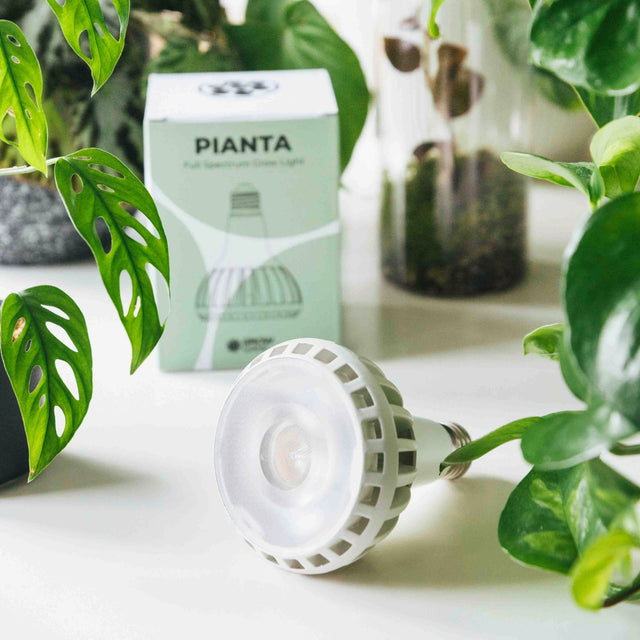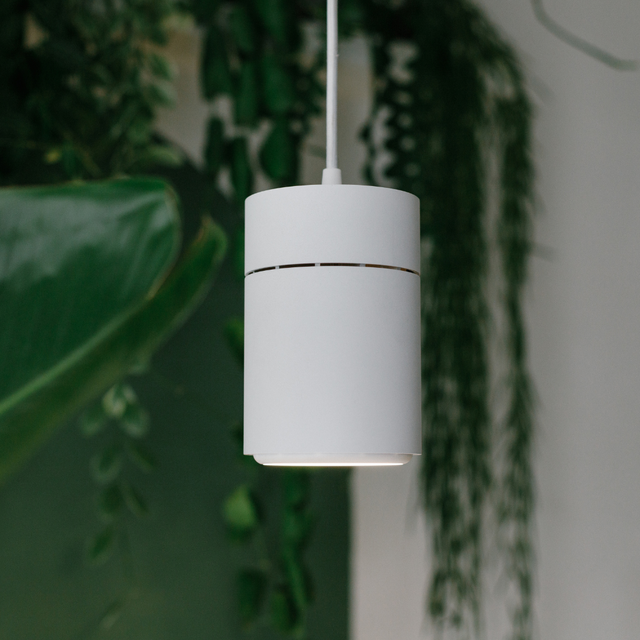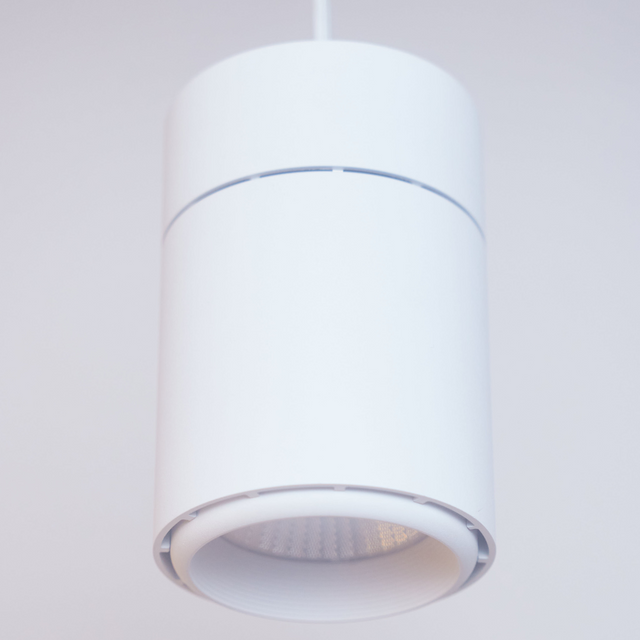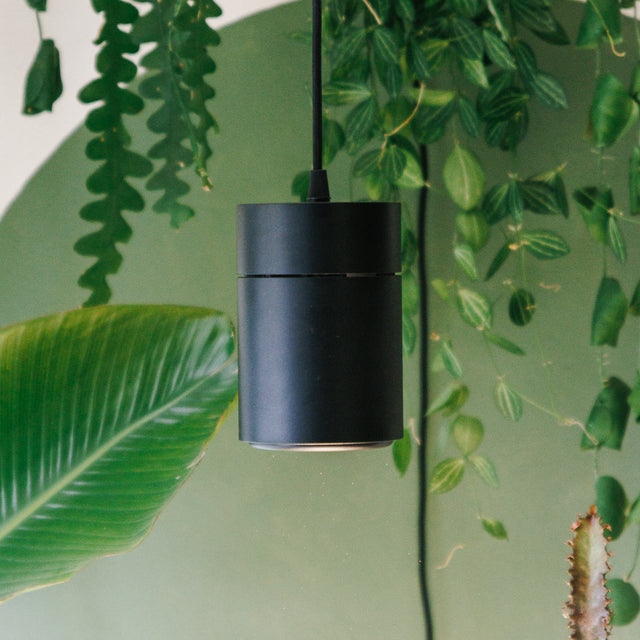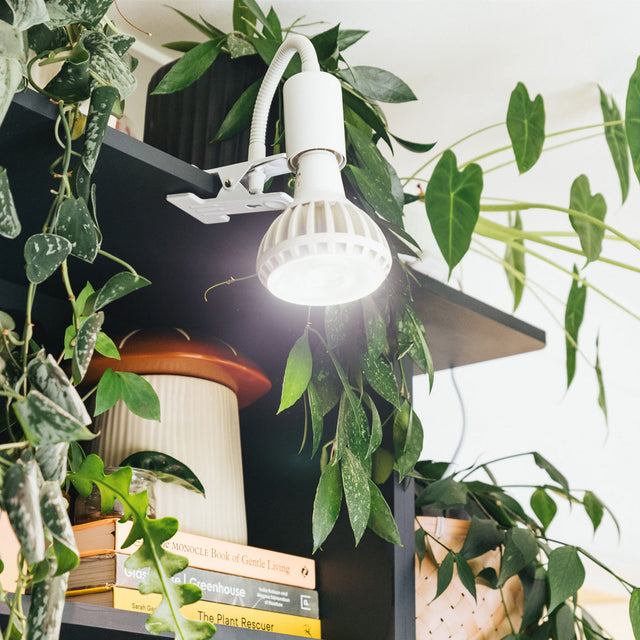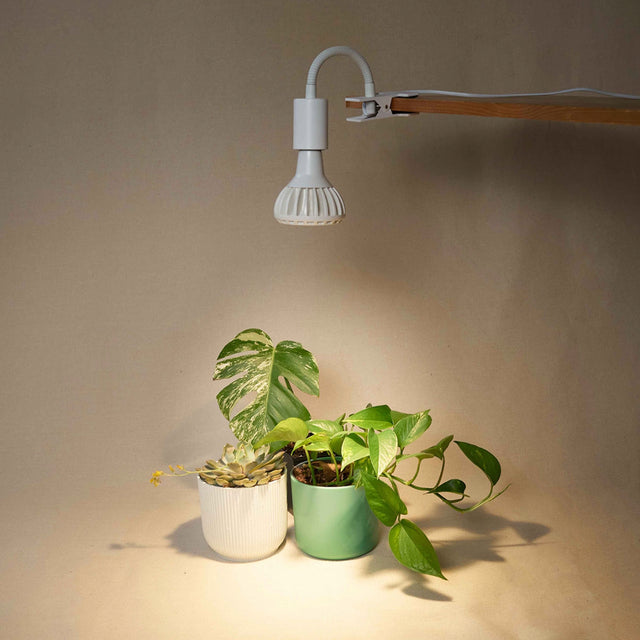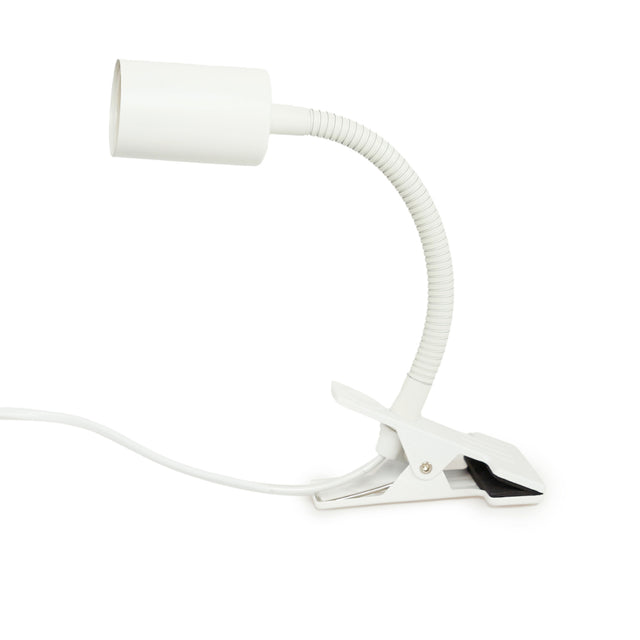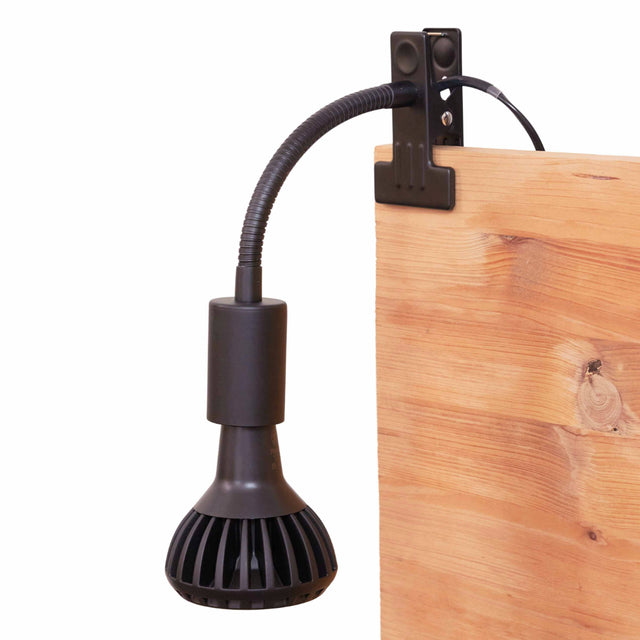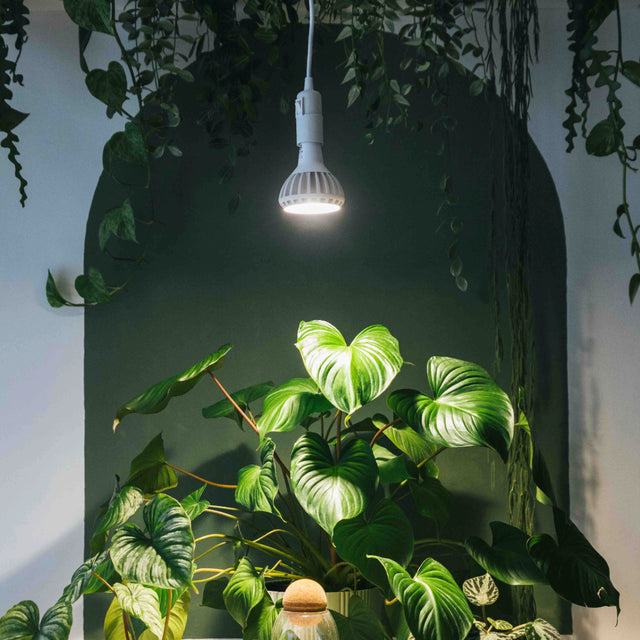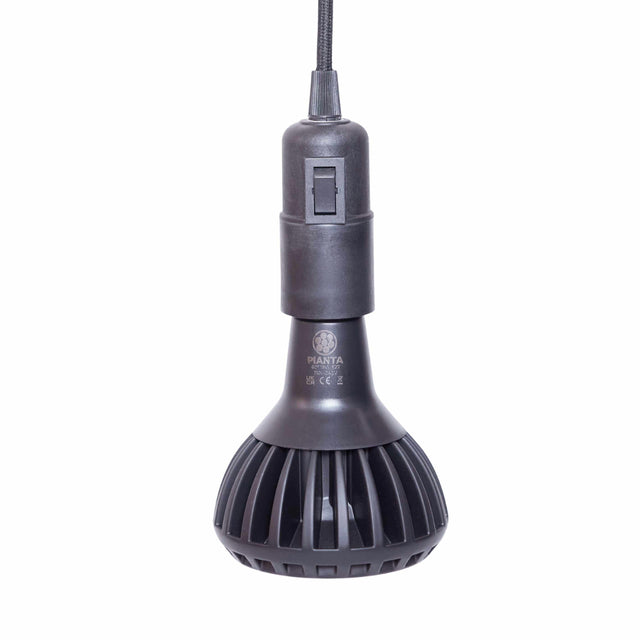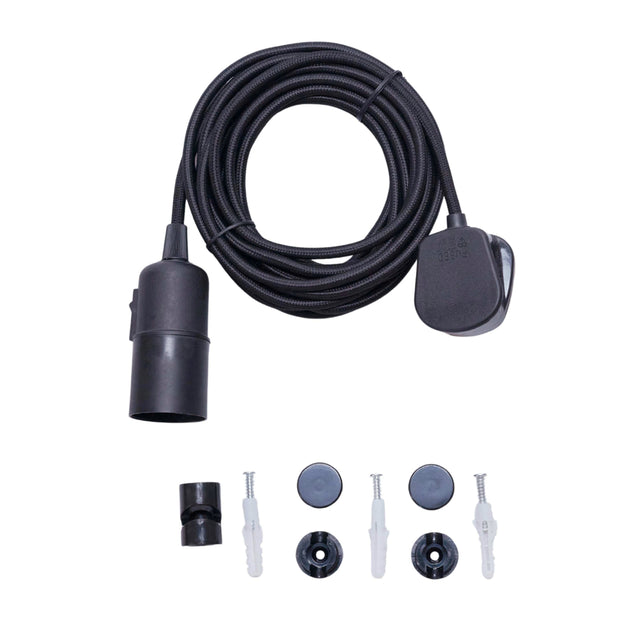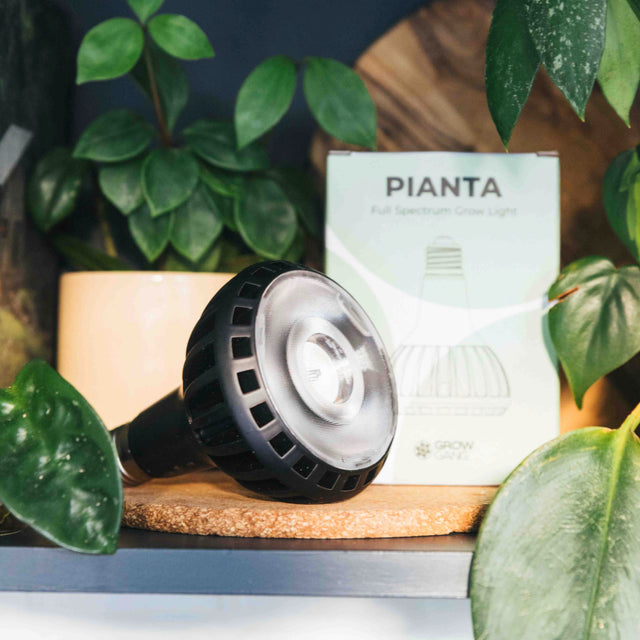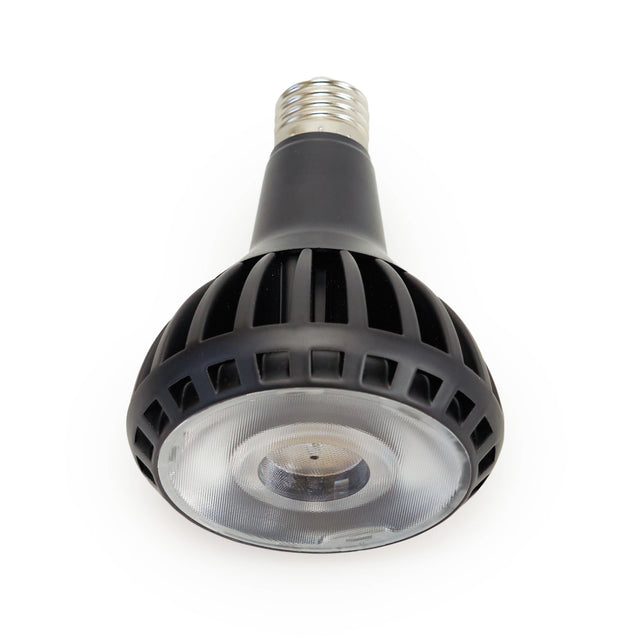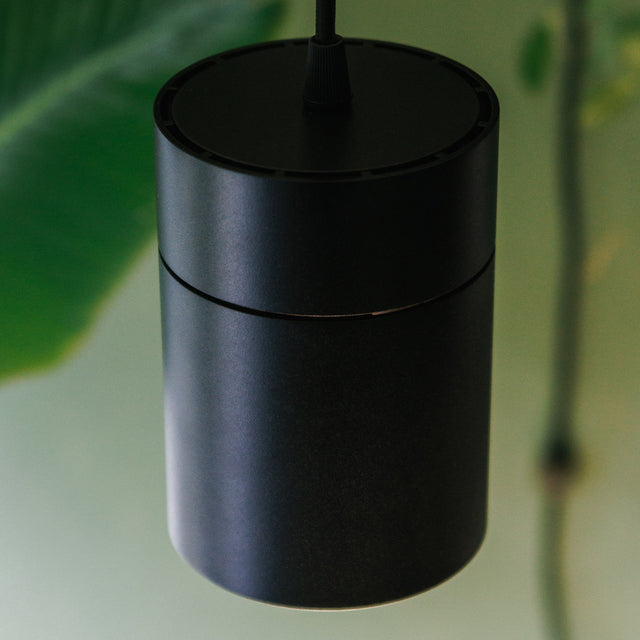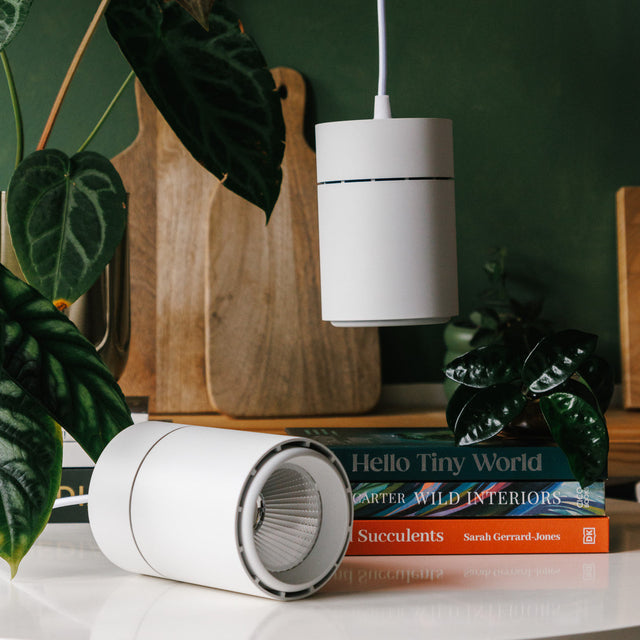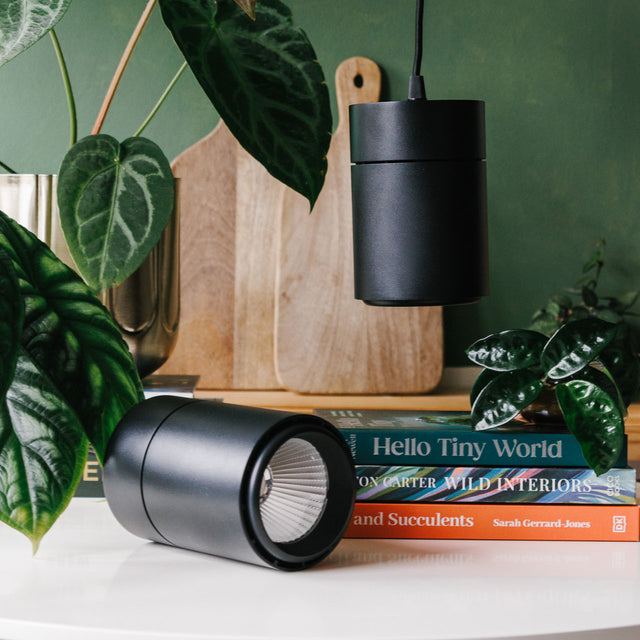
🌍 Origin: The Aluminium Plant (Pilea cadierei) is native to Southern China and Vietnam. It thrives in the tropical and subtropical regions of these areas, where it grows in shaded, humid environments such as forests and valleys. This plant’s preference for indirect light and moisture makes it a perfect fit for indoor environments, especially as a houseplant.
Lighting
Lighting requirement: Bright, indirect light
This plant thrives in bright, indirect light. It’s best placed near a north or east-facing window, where it can receive plenty of light without the risk of harsh sunburn. While it can tolerate lower light conditions, its growth may slow down, and the distinctive silver markings on its leaves may become less pronounced. It’s important to avoid direct sunlight, as too much can scorch the leaves and cause the plant's variegation to fade. With the right lighting, your Aluminium Plant will remain vibrant and healthy!
For optimal growth, you can provide the Aluminium Plant with 10–12 hours of light per day using a grow light. This simulates the length of a typical day and helps keep the plant healthy and vibrant. Be sure to keep the light about 25–40 cm above the plant to avoid heat stress or burning.
Watering:
The Aluminium Plant prefers consistent moisture but should not be overwatered. Water the plant when the top inch of soil feels dry. This plant also enjoys higher humidity, so if the air is dry, consider misting the leaves or using a humidity tray to maintain moisture around the plant. While it prefers regular watering, it’s better to slightly underwater than overwater, as the Aluminium Plant is more tolerant of dry conditions than soggy ones.
During the warmer months, the plant is actively growing and may require more frequent watering as the soil dries out faster. In the cooler months, the Aluminium Plant’s growth slows down, and the soil retains moisture for a longer time. During this period, water less frequently, allowing the soil to dry out slightly more before watering again.
Humidity
It thrives in moderate to high humidity. Ideally, the humidity level should be around 50–60% to keep the plant healthy and vibrant. Here are some ways to meet its humidity needs:
- Mist the leaves regularly, especially if your home is dry, to increase humidity around the plant.
- Use a humidity tray by placing the pot on a shallow tray filled with pebbles and water. As the water evaporates, it increases the moisture in the air around the plant.
- Group with other plants – Placing the Aluminium Plant near other humidity-loving plants can help create a more humid microenvironment.
- Consider a humidifier – If your home is particularly dry, especially in winter, a small humidifier can help maintain the proper humidity level.
While the Aluminium Plant is adaptable to average indoor humidity, maintaining higher humidity will promote healthier, more lush growth.
Fertiliser:
The Aluminium Plant benefits from regular fertilisation during its growing season. In spring and summer, use a balanced, water-soluble fertiliser diluted to half strength, applying it every 4–6 weeks to support healthy growth. During the fall and winter, when the plant's growth slows down, reduce or stop fertilising. If you choose to fertilise in winter, do so once every 6–8 weeks. It's important to avoid over-fertilising, as this can lead to leggy growth or root burn, so always apply a diluted solution to slightly moist soil.
Temperature:
This plant thrives in moderate temperatures between 16–24°C, making it ideal for typical indoor environments. It’s important to avoid placing it in areas with cold drafts, such as windowsills or doorways, especially in winter, as this can cause stress. Similarly, temperatures above 27°C can lead to leggy growth or dry, crispy leaves. The plant prefers consistent temperature with minimal fluctuations, so it’s best to keep it away from heating vents or air conditioners. By maintaining a stable, warm environment, your Aluminium Plant will remain healthy and vibrant throughout the year.
Troubleshooting and Pests:
The Aluminium Plant is generally low-maintenance but can face a few common issues. Yellowing leaves are often caused by overwatering or poor drainage, so ensure the soil is well-draining and only water when the top inch feels dry. Brown leaf tips can indicate low humidity or underwatering, so increase humidity and water regularly without overdoing it. Leggy growth suggests insufficient light, so move the plant to a brighter spot or use a grow light. Wilting can be caused by underwatering or temperature fluctuations, so maintain consistent care.
Common pests include spider mites, which cause speckled leaves and webbing, mealybugs, identifiable by their cotton-like appearance, aphids that suck sap from new growth, and fungus gnats that thrive in wet soil. Treat pest infestations with neem oil, insecticidal soap, or by wiping the leaves with a damp cloth, and avoid overwatering to prevent fungus gnats. Regular attention and early intervention will keep your Aluminium Plant healthy and pest-free.
Height:
It typically grows to a height of 20–30 cm, making it a compact and bushy houseplant. Its trailing stems can spread out to about 30–45 cm, allowing it to fill space beautifully in containers, hanging baskets, or as ground cover.
Is It Toxic To Pets?
No, the Aluminium Plant is non-toxic to pets. It is considered safe for cats, dogs, and other household pets, making it a great choice for pet-friendly homes. However, while it’s not toxic, it's always a good idea to prevent pets from nibbling on the leaves, as excessive chewing could cause mild stomach upset.
